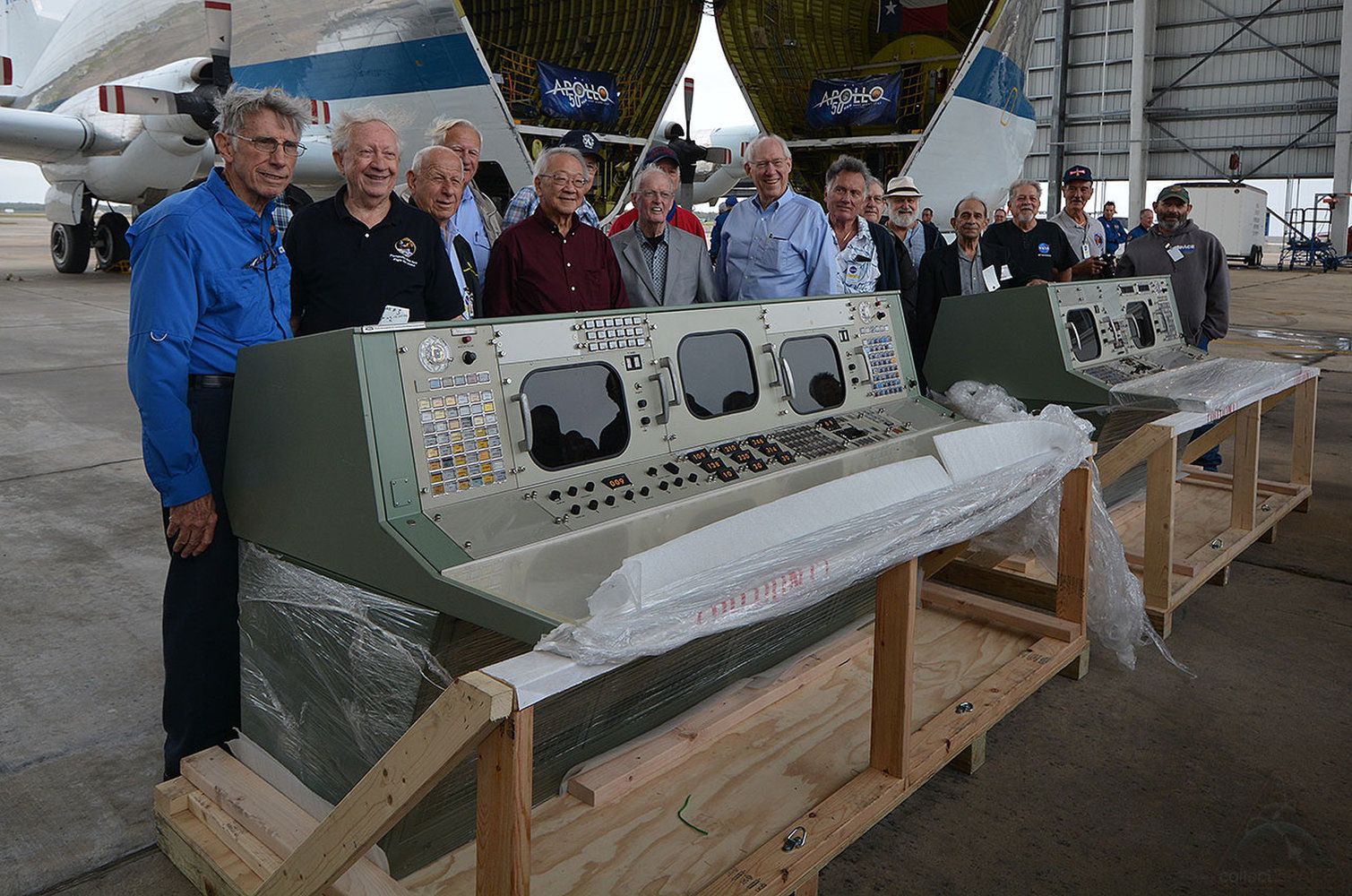Forget your car, this is awesome, via Jet Capsule.
Category: transportation – Page 504

How Singles’ Day has helped Alibaba ascend on an AI-powered cloud in China
The technology and innovation that Alibaba has developed to serve the needs that arise from Singles’ Day have allowed Alibaba to expand into a variety of services, including Alibaba Cloud, logistics, and artificial intelligence.
Within minutes of the clock striking midnight on November 11 this year, consumers across China will be racking up billions in purchases on Alibaba’s e-commerce marketplaces. Alibaba engineers and employees watching the transaction numbers on big screens will whoop as the figure instantly crosses the hundred million yuan mark, then zooms into the billions.
As the orders start to roll in, the company’s proprietary cloud computing platform Alibaba Cloud will, at its peak, process hundreds of thousands in transactions and payments per second. Robots in the automated warehouses of Alibaba’s logistics arm Cainiao will begin sorting and packing the orders that come in, readying them for the battalion of trucks, scooters and millions of deliverymen that will send an estimated 1 billion packages to their rightful owners within days of November 11.
For China’s largest e-commerce firm, Singles’ Day is not just its most important shopping event of the year. It is also the day that the Alibaba pushes the boundaries on its technology and services, stress-testing its technology systems during the world’s largest shopping festival that grows in scale every year.
Elon Musk authorizes Tesla employees to provide assistance for the California wildfires and ‘not worry about payment’
California, Tesla’s home state, is currently on fire as the current wildfire season is proving to be particularly devastating.
CEO Elon Musk has authorized Tesla employees to provide assistance for the wildfires and not worry about payment.
Several wildfires have been extremely destructive in California this week.



Scientists Are About to Redefine the Kilogram
The kilogram is one of the most important and widely used units of measure in the world — unless you live in the US. For everyone else, having an accurate reading on what a kilogram is can be vitally important in fields like manufacturing, engineering, and transportation. Of course, a kilogram is 1,000 grams or 2.2 pounds if you want to get imperial. That doesn’t help you define a kilogram, though. The kilogram is currently controlled by a metal slug in a French vault, but its days of importance are numbered. Scientists are preparing to re define the kilogram using science.
It’s actually harder than you’d expect to know when a measurement matches the intended standard, even when it’s one of the well–define d Systéme International (SI) units. For example, the meter was originally define d in 1793 as one ten-millionth the distance from the equator to the north pole. That value was wrong, but the meter has since been re define d in more exact terms like krypton-86 wavelength emissions and most recently the speed of light in a vacuum. The second was previously define d as a tiny fraction of how long it takes the Earth to orbit the sun. Now, it’s pegged to the amount of time it takes a cesium-133 atom to oscillate 9,192,631,770 times. Again, this is immutable and extremely precise.
That brings us to the kilogram, which is a measurement of mass. Weight is different and changes based on gravity, but a kilogram is always a kilogram because it comes from measurements of density and volume. The definition of the kilogram is tied to the International Prototype of the Kilogram (IPK, see above), a small cylinder of platinum and iridium kept at the International Bureau of Weights and Measures in France. Scientists have created dozens of copies of the IPK so individual nations can standardize their measurements, but that’s a dangerous way to go about it. If anything happened to the IPK, we wouldn’t have a standard kilogram anymore.

The Future of AI with Kai-Fu Lee
Kai–Fu Lee who is a venture capitalist, technology executive, writer, and an artificial intelligence (AI) expert is speaking with Sebastian Thrun, founder of Udacity and Google’s self-driving cars program, about: ✅the realities of AI in business ✅which companies are leading AI development ✅how employees can adapt their skills for ever-changing technology.
Kai-Fu Lee is speaking with Sebastian Thrun, founder of Udacity and Google’s self-driving cars program, about:

NASA: It was called “Little Joe,” because it was like rolling a two on each of the dice in a craps game
Four is the point Max Faget and Paul Pursur were trying to make in their quest to prove that harnessing that many modified Sergeant engines would make a $200,000 vehicle that would perform as well and with more flexibility, and would less cost than a $2.5 million Atlas or $1 million Redstone rocket.
Faget and Purser were two NASA space pioneers, whose aim was testing some of the Mercury components that would evolve into Apollo, including the escape and parachute systems and recovery methods, plus the performance of the space capsule under pressure at altitude.
Little Joe got off to an ignominious start when it blew its top one day at Wallops Island.

